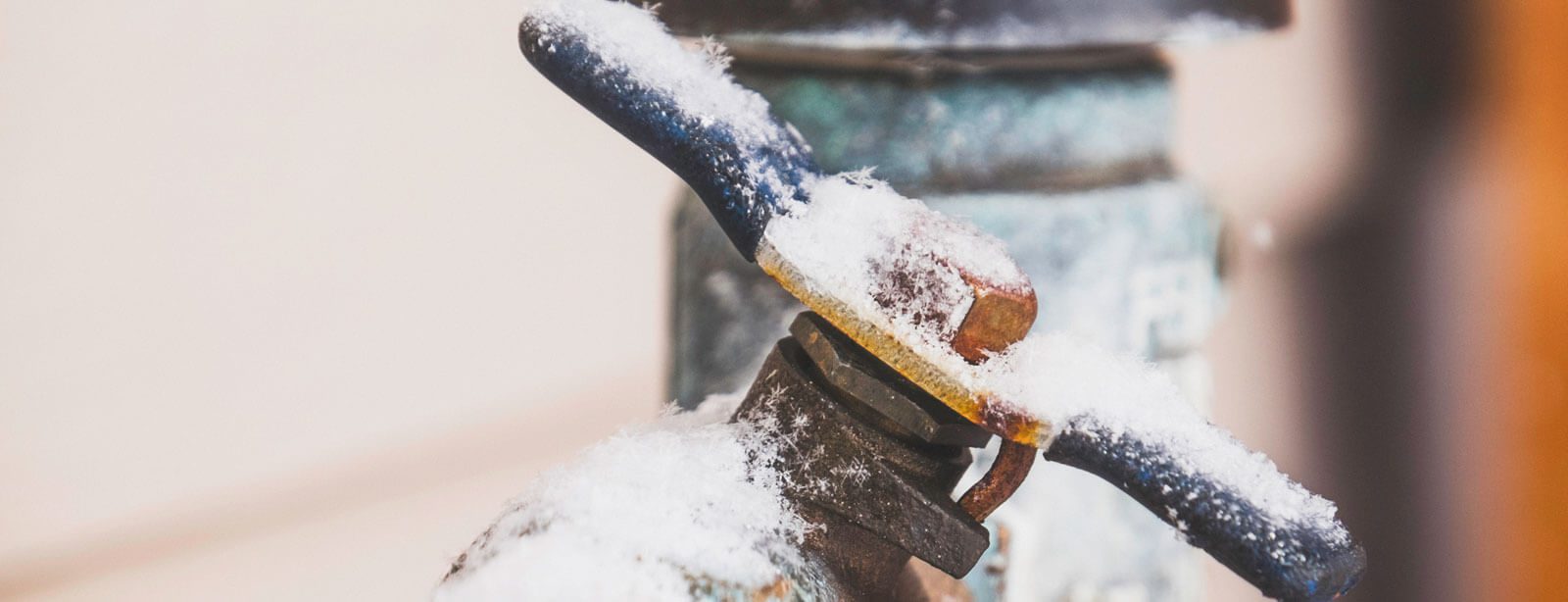Protecting Your Pipes from Freezing Damage: Key Tips
Protecting Your Pipes from Freezing Damage: Key Tips
Blog Article
This great article below about How to prepare your home plumbing for winter weather is rather entertaining. Read on and make your own personal results.

Cold weather can damage your plumbing, especially by freezing pipes. Below's just how to prevent it from happening and what to do if it does.
Introduction
As temperature levels decrease, the threat of icy pipes increases, possibly resulting in costly repairs and water damages. Understanding exactly how to avoid icy pipes is vital for house owners in cool environments.
Recognizing Icy Pipes
What creates pipelines to ice up?
Pipelines ice up when revealed to temperatures below 32 ° F (0 ° C) for expanded periods. As water inside the pipes freezes, it expands, putting pressure on the pipe wall surfaces and possibly triggering them to burst.
Risks and damages
Frozen pipelines can lead to supply of water disturbances, building damages, and expensive repairs. Burst pipes can flood homes and trigger comprehensive architectural damages.
Indicators of Frozen Pipeline
Recognizing frozen pipelines early can stop them from breaking.
How to determine icy pipes
Search for decreased water flow from faucets, uncommon smells or sounds from pipes, and noticeable frost on exposed pipelines.
Prevention Tips
Protecting at risk pipes
Wrap pipelines in insulation sleeves or utilize warm tape to shield them from freezing temperatures. Concentrate on pipes in unheated or external locations of the home.
Heating strategies
Maintain interior spaces appropriately heated up, specifically areas with plumbing. Open up cabinet doors to permit cozy air to flow around pipelines under sinks.
Securing Exterior Plumbing
Garden tubes and outside faucets
Detach and drain pipes yard hose pipes before winter season. Install frost-proof faucets or cover outdoor taps with shielded caps.
What to Do If Your Pipes Freeze
Immediate activities to take
If you believe frozen pipes, keep faucets open up to eliminate stress as the ice thaws. Utilize a hairdryer or towels taken in hot water to thaw pipelines gradually.
Long-Term Solutions
Architectural changes
Consider rerouting pipelines away from outside walls or unheated locations. Add additional insulation to attic rooms, basements, and crawl spaces.
Upgrading insulation
Purchase top quality insulation for pipes, attic rooms, and wall surfaces. Appropriate insulation aids preserve regular temperature levels and lowers the threat of frozen pipes.
Final thought
Stopping frozen pipelines needs proactive steps and fast feedbacks. By comprehending the causes, indicators, and preventive measures, homeowners can protect their pipes during cold weather.
5 Ways to Prevent Frozen Pipes
Drain Outdoor Faucets and Disconnect Hoses
First, close the shut-off valve that controls the flow of water in the pipe to your outdoor faucet. Then, head outside to disconnect and drain your hose and open the outdoor faucet to allow the water to completely drain out of the line. Turn off the faucet when done. Finally, head back to the shut-off valve and drain the remaining water inside the pipe into a bucket or container. Additionally, if you have a home irrigation system, you should consider hiring an expert to clear the system of water each year.
Insulate Pipes
One of the best and most cost-effective methods for preventing frozen water pipes is to wrap your pipes with insulation. This is especially important for areas in your home that aren’t exposed to heat, such as an attic. We suggest using foam sleeves, which can typically be found at your local hardware store.
Keep Heat Running at 65
Your pipes are located inside your walls, and the temperature there is much colder than the rest of the house. To prevent your pipes from freezing, The Insurance Information Institute suggests that you keep your home heated to at least 65 degrees, even when traveling. You may want to invest in smart devices that can keep an eye on the temperature in your home while you’re away.
Leave Water Dripping
Moving water — even a small trickle — can prevent ice from forming inside your pipes. When freezing temps are imminent, start a drip of water from all faucets that serve exposed pipes. Leaving a few faucets running will also help relieve pressure inside the pipes and help prevent a rupture if the water inside freezes.
Open Cupboard Doors
Warm your kitchen and bathroom pipes by opening cupboards and vanities. You should also leave your interior doors ajar to help warm air circulate evenly throughout your home.

I was brought to that write-up on 6 Ways to Prevent Frozen Pipes through an acquaintance on a different domain. Liked our write-up? Please quickly share it. Help someone else find it. I am grateful for your time. Revisit us soon.
Get A Free Estimate Report this page